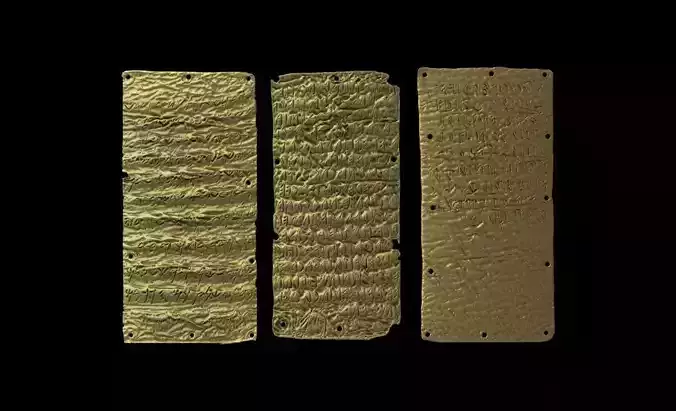1/18
Discovered in 1964 at ancient Pyrgi (Lazio, Italy), the Pyrgi Tablets are three gold plates (c. 500 BC) featuring a bilingual Phoenician-Etruscan dedicatory text. 1 These oldest historical documents from Italy predate Roman rule and offer rare insights into these languages. The inscriptions detail the founding and dedication of a temple by Thefarie Velianas, ruler of Caere, to the Phoenician goddess Astarte, identified with the Etruscan goddess Uni. 2 The bilingual nature of the tablets is crucial for interpreting Etruscan through the knowledge of Phoenician, and they demonstrate Phoenician/Punic influence in the Western Mediterranean. 1 Some scholars connect them to Polybius's account of an early Roman-Carthaginian treaty. The tablets, now in Rome's National Etruscan Museum, suggest Carthage's involvement in central Italy around 500 BC, supporting accounts by Polybius and Herodotus. The text also sheds light on religious practices, potentially indicating the commemoration of Adonis's death in central Italy at that time.The tablets are 9/19 cm
REVIEWS & COMMENTS
accuracy, and usability.


















